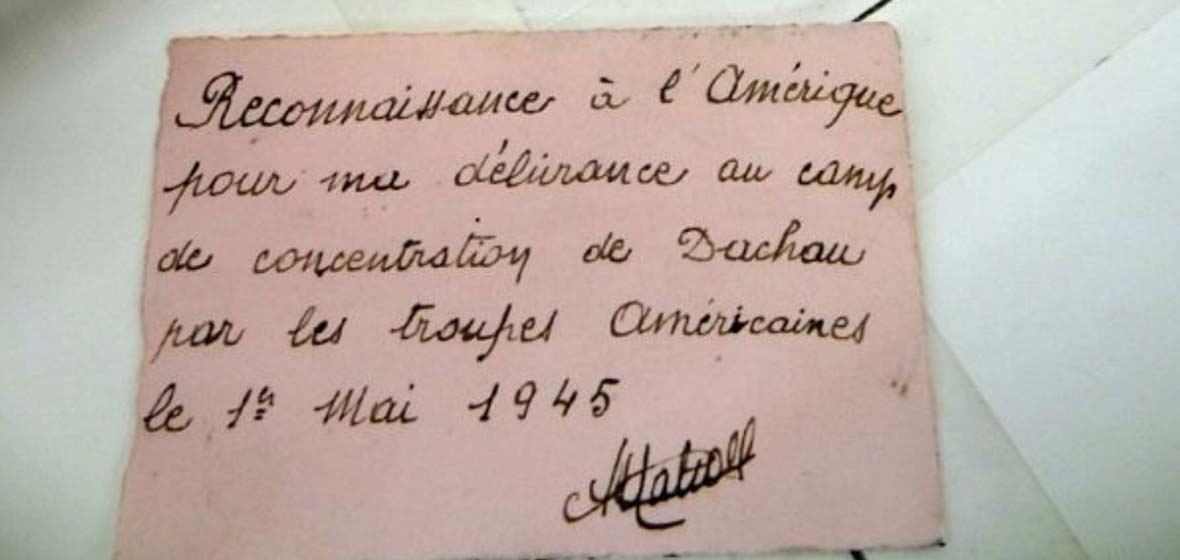University of Nevada, Reno students Brenna Adams, Justin Haghighi, Allana Harrell and Sarah Tesfasion earned an opportunity to translate documents from the Merci Train. The four students were selected based on tremendous in-class performance and desire to gain more experience with French language translation.
At World War II's conclusion, America shipped 700 boxcars filled with relief goods to the French to help them recover from the war. As a sign of gratitude, France filled 49 boxcars with gifts from individual French citizens and sent them to America. Those gifts included dolls, toys, books, jewelry and more. This train became known as the Merci Train. Each state had a designated boxcar and the Nevada State Railroad Museum currently houses Nevada's.
University French Lecturer Jodie Barker wanted her students to gain real-world experiences but struggled to land an opportunity. She thought about participating in community aide projects in Haiti or Quebec, where they would build homes. Ultimately, Barker desired to do something closer to home.
"I had been looking for a service-learning project where the relationship between us and them felt authentic but didn't know where to go," Barker said. "Then, this perfect opportunity for the museum came up because they needed French translators and I was teaching my French translation course."
Barker explained how handwriting has evolved over time, making the task of translating written items more difficult. For this reason, she holds appointments with each student to ensure no errors are made but does not help them translate. She believes her students are more than capable culturally and grammatically.
"This is a great experience for them and I really could shed a tear because I know how hard my students are working," she said. "And, not that they are just working on it, but doing very well with it. This is a dream come true for me."
University senior and dual-major Sarah Tesfasion admits this project has not always been easy.
"It's really hard, but I want to become a professional translator," Tesfasion said. "So, gaining this experience now is a good first step into that professional realm."
Tesfasion's majors are in physics and French. She hopes to become a scientific translator.
"I'm so proud of Sarah and all of my students because I know how difficult these translations can be, and also for them volunteering to be my guinea pigs on this project," Barker said. "I love that we dug a little deeper and found this opportunity and I plan on continuing this project with future classes."
Those interested in viewing the train and its artifacts can visit the Nevada State Railroad Museum, 2180 S. Carson St. in Carson City. Museum hours are 8:30 a.m. to 4:30 p.m., Thursday through Monday. The museum is closed Tuesdays and Wednesdays.












